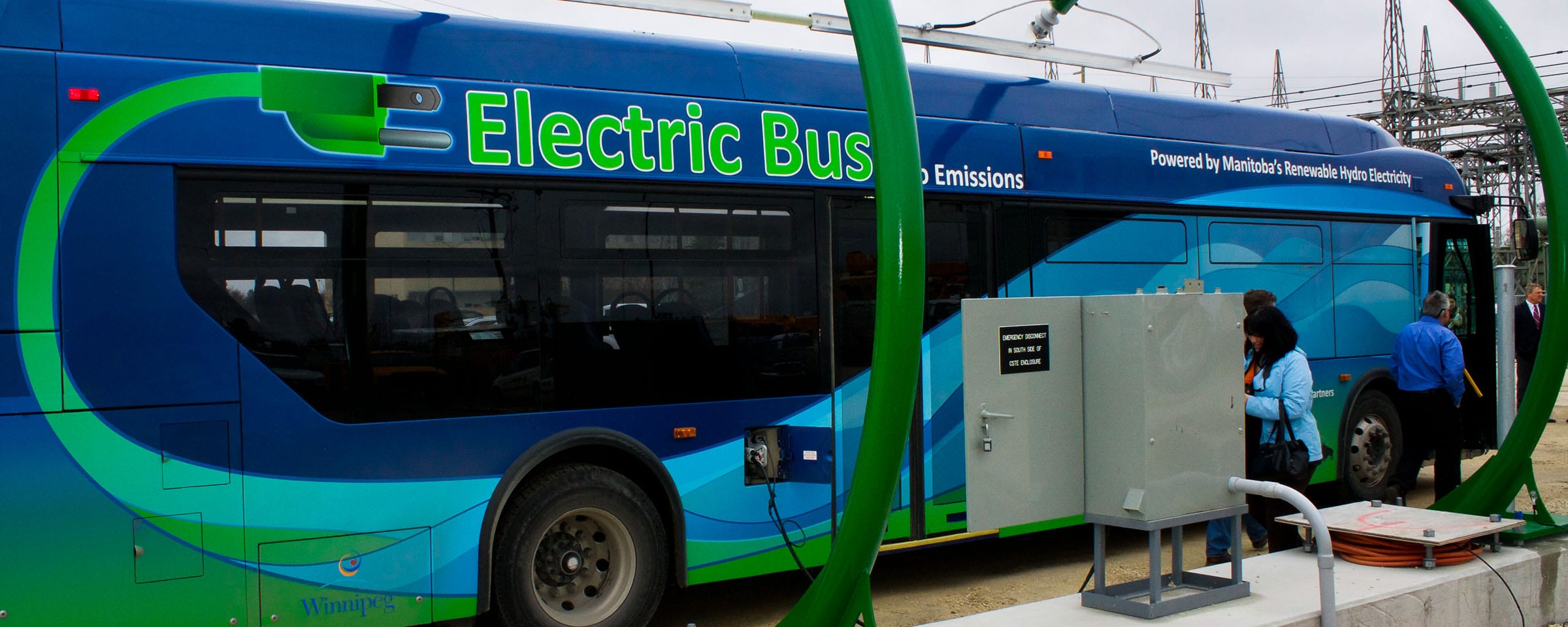College applied research series: Community-industry engagement and partnerships

This article is the second article in the College Applied Research Series by Ray Hoemsen, Director, Applied Research & Commercialization, Red River College.
As originally published in the Canadian Association of University Research Administrators Newsletter.
“Private Sector Partnerships with Colleges & Institutes Spike as Applied Research Solutions Fuel Economic Benefits” was the headline of the March 5, 2014 News Release by the Association of Canadian Community Colleges. A recent environmental scan revealed a 19% increase in applied research partnerships over the previous year (and 51% over the last five years), with nearly 5,500 industry partnerships reported – along with an increase in private sector funding of college applied research of 21% to $72 million. Business and industrial research accounted for 96% of external funding. The majority of these partnerships (86%) were small- and medium-sized enterprises (78%) or micro-enterprises (8%). And, over 800 social innovation partnerships with community organizations and companies were reported; as well as nearly 50 international partnerships (an emerging area of interest) in 21 countries.
Community-based economic development is a key driver of applied research in the college system, which supports industry innovation, productivity, and competitiveness. Students are an integral element in applied research, enabling them to gain practical experience as part of their applied learning experience. Technology diffusion (adoption and adaption of technology) is of greater relevance than technology commercialization.
Colleges are driven by market needs (or pull) of the community, especially industry. Since most applied research activities are directed towards a particular client need; institutions such as Red River College routinely assign commercial rights to the client/partner, while retaining rights for research and education purposes. As a result, patenting (by the institution) is a relatively rare occurrence; most colleges do not typically engage in the traditional academic “patent and license” model.
Polytechnics Canada’s submission to the Government of Canada’s consultation on Science Technology and Innovation Strategy has reinforced this point-of-view:
“College applied research is motivated by building Canadian talent, not by driving discovery, nor by attracting world-class talent. Applied research is driven by solving Canadian industry problems, involves students in applied research and is characterized by industry-friendly intellectual property policies.”
Key factors/elements in industry/community engagement and partnerships for colleges include:
- Economic development as a mandate of the college, often explicitly stated in the Vision or Mission.
- Strong community connections, especially with fourth pillar organizations (such as the National Research Council’s Industrial Research Assistance Program), SMEs, economic development agencies, and Program Advisory Committees (typically one for EVERY academic program offered by a college).
- Government policy which has encouraged/driven the academic community to undertake more industry-relevant research and development, especially with SMEs; resulting in new initiatives like NSERC’s well-received “ARD” (college) and “ENGAGE” (university) programs which have helped to catalyze industry partnerships. A Social Innovation pilot program for colleges was just announced.
- Strong desire by colleges to see research results used for economic benefit in the community, rather than as a source of royalty revenue; coupled with minimal interest in patenting by the institution, hence little need to negotiate licenses or royalties, which can be a very time consuming (and often irritating) exercise for little (potential) return.
- Industry-experienced faculty who broaden/deepen their experience/knowledge with applied research.
- Student engagement through class projects, capstone courses, business and entrepreneurship case studies, cooperative and term employment as well as internships (NSERC’s I-USRA program is now open to college students enrolled in degree programs), and integration of research into curriculum.
- Flexible and nimble approaches to applied research, which can be inter-disciplinary in nature and often utilize a team or group approach with a relatively fast turnaround time.
- Mutual needs and benefits – which are the key to successful partnerships.
- Applied research offices are a “one-stop-shop” for industry liaison, research services, technology diffusion and knowledge transfer – and can offer practical, timely and cost-effective solutions.n Industry-experienced faculty who broaden/deepen their experience/knowledge with applied research.


























